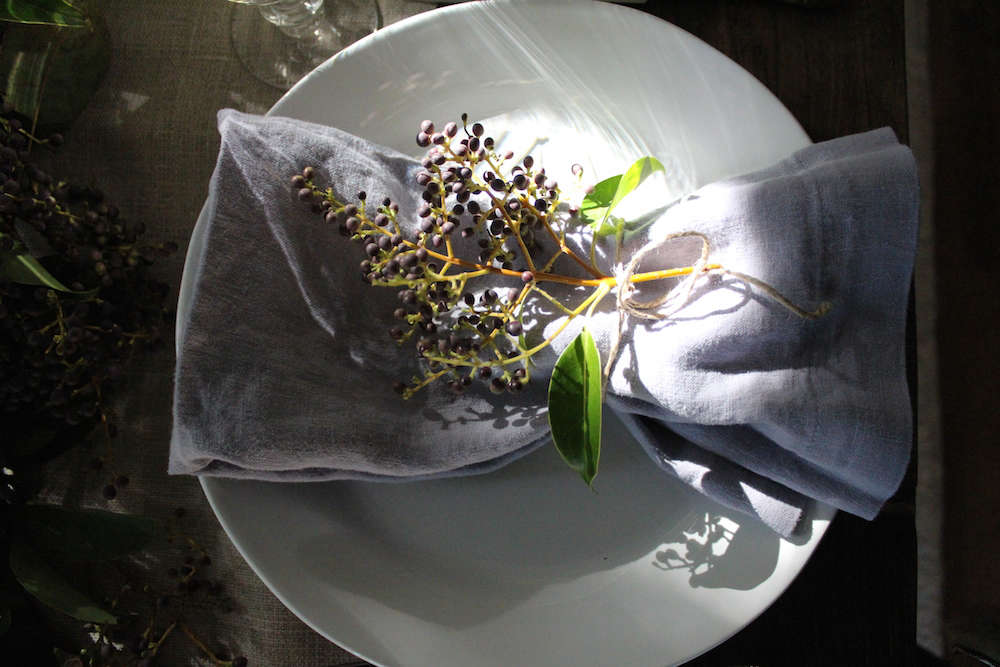Over the past few years some designers have preferred to label themselves as artists, perhaps viewing their outputs on a different plane from those by their fellow creatives. It’s a long-running debate on what is deemed worthy of being described “art”; in the late 19th century, it was a hot topic, as the Arts & Crafts movement believed that beautiful design and decorative arts were as worthy of discussion and reverence as fine art or sculpture. What about gardening? Could the creation of a garden be considered an art form, too?
In the hands of Fergus Garrett—who celebrates 30 years as head gardener at Great Dixter in Sussex, England, this year—there’s a strong case to suggest it could be. Evidence that Garrett is operating on a higher plane was in full effect on a recent midsummer visit to the Arts & Crafts house. As borders exploded in an intoxicating race to their high-summer peak, and beautifully orchestrated plants spilled out over paths, it was, as often happens in this garden, almost too much to take in. A visit to Great Dixter can feel like a slightly transcendental experience, via sensory overload and sheer beauty.
Photography by Clare Coulson.








For more on Great Dixter, see:
- The Great Dixter Diaspora, US Edition
- In the Meadow: Wildflowers from Great Dixter and Scribble & Daub
- Garden Visit: Great Dixter’s Warmth in Winter
- Jungleland: The Exotic Garden at Great Dixter
- Required Reading: The Great Dixter Cookbook
Frequently asked questions
Who is Fergus Garrett?
Fergus Garrett is the head gardener at Great Dixter, a renowned and historic English garden.
What is Great Dixter?
Great Dixter is a country house located in East Sussex, England, well-known for its exceptional gardens that were designed by Edwin Lutyens.
What is the gardening art that Fergus Garrett practices at Great Dixter?
Fergus Garrett practices a gardening style called 'succession planting' at Great Dixter. It involves continuous planning and planting to ensure a diverse range of plants and a stunning display in all seasons.
How does Fergus Garrett make a compelling case for gardening as an art form?
Fergus Garrett believes that gardening is not just about horticulture, but an artistic expression that involves creativity, experimentation, and skilled plant combinations to create unique and visually appealing landscapes.
What is Fergus Garrett's approach to gardening?
Fergus Garrett adopts a bold and experimental approach to gardening, constantly trying out new plant combinations and techniques to push the boundaries of traditional gardening practices.
What makes Great Dixter a unique garden?
Great Dixter is unique due to its unconventional and dynamic planting style, combining many different plant species and allowing nature to take its course, resulting in a constantly evolving and visually captivating landscape.
Can Fergus Garrett's gardening techniques be applied in a small-scale garden?
Yes, Fergus Garrett's gardening techniques can be adapted to small-scale gardens, as the principles of succession planting and creative plant combinations can be implemented regardless of the garden's size.
How can I visit Great Dixter garden?
To visit Great Dixter garden, you can check their website for visiting hours, ticket availability, and any special events or restrictions that may be in place.
Are there any gardening workshops or events conducted by Fergus Garrett at Great Dixter?
Yes, Great Dixter offers various gardening workshops and events throughout the year, providing opportunities to learn from Fergus Garrett and his team, and gain insights into their gardening techniques.
Can I purchase plants or gardening products from Great Dixter?
Yes, Great Dixter has a plant nursery where visitors can purchase a wide range of plants propagated and grown on-site. They also offer gardening products and books for purchase.








Have a Question or Comment About This Post?
Join the conversation